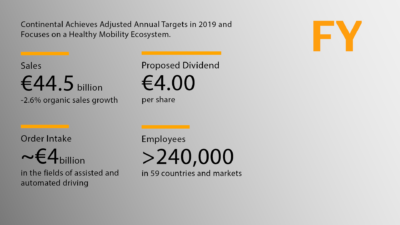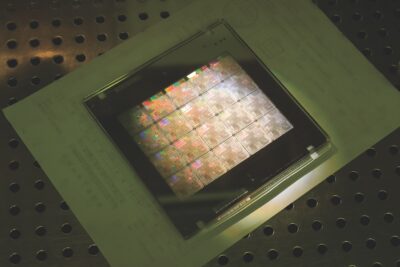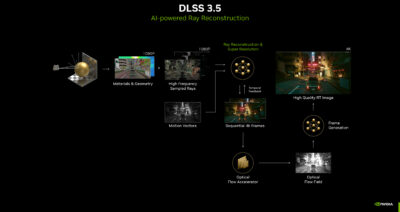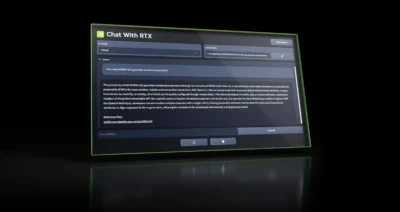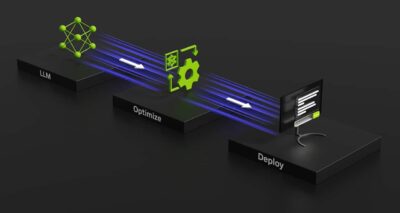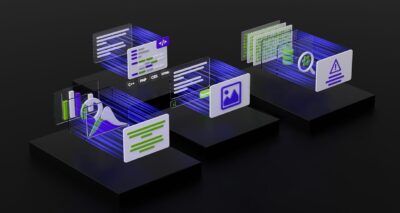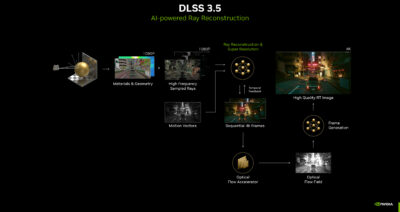NVIDIA DGX systems power a leading AI research institute, keeping Canada’s largest bank on course to a smart future.
by JOHN ASHLEY

Royal Bank of Canada built an NVIDIA DGX-powered cloud and tied it to a strategic investment in AI. Despite headwinds from a global pandemic, it will further enable RBC to transform client experiences.
The voyage started in the fall of 2017. That’s when RBC, Canada’s largest bank with 17 million clients in 36 countries, created its dedicated research institute, Borealis AI. The institute is headquartered next to Toronto’s MaRS Discovery District, a global hub for machine-learning experts.
Borealis AI quickly attracted dozens of top researchers. That’s no surprise given the institute is led by the bank’s chief science officer, Foteini Agrafioti, a patent-holding serial entrepreneur and Ph.D. in electrical and computer engineering who co-chairs Canada’s AI advisory council.
The bank initially booted up Borealis AI into a mix of systems. But as the group and the AI models it developed grew, it needed a larger, dedicated AI engine.
Brokering a Private AI Cloud for Banking
“I had the good fortune to help commission our first infrastructure for Borealis AI, but it wasn’t adequate to meet our evolving AI needs,” said Mike Tardif, a senior vice president of tech infrastructure at RBC.
The team wanted a distributed AI system that would serve four locations, from Vancouver to Montreal, securely behind the bank’s firewall. It needed to scale as workloads grew and leverage the regular flow of AI innovations in open source software without requiring hardware upgrades to do so.
In short, the bank aimed to build a state-of-the-art private AI cloud. For its key planks, RBC chose six NVIDIA DGX systems and Red Hat’s OpenShift to orchestrate containers running on those systems.
“We see NVIDIA as a leader in AI infrastructure. We were already using its DGX systems and wanted to expand our AI capabilities, so it was an obvious choice,” said Tardif.
AI Steers Bank Toward Smart Apps
RBC is already reporting solid results with the system despite commissioning it early this year in the face of the oncoming COVID-19 storm.
The private AI cloud can run thousands of simulations and analyze millions of data points in a fraction of the time that it could before, the bank says. As a result, it expects to transform the customer banking experience with a new generation of smart applications. And that’s just the beginning.
“For instance, in our capital markets business we are now able to train thousands of statistical models in parallel to cover this vast space of possibilities,” said Agrafioti, head of Borealis AI.
“This would be impossible without a distributed and fully automated environment. We can populate the entire cluster with a single click using the automated pipeline that this new solution has delivered,” she added.
The platform has already helped reduce client calls and resulted in faster delivery of new applications for RBC clients, thanks to the performance of GPUs combined with the automation of orchestrated containers.
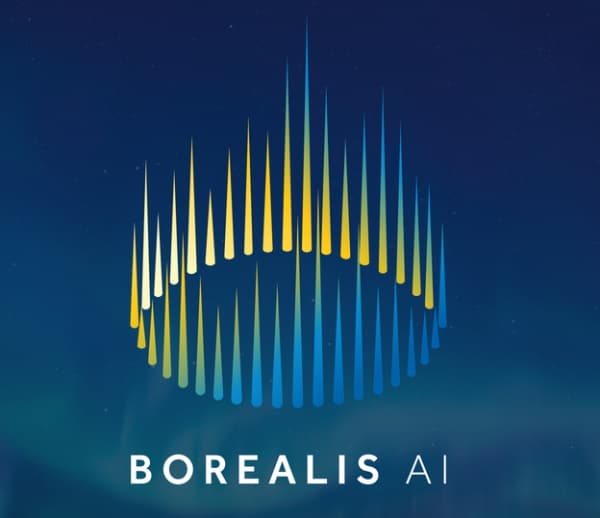
RBC deployed Red Hat OpenShift in combination with NVIDIA DGX infrastructure to rapidly spin up AI compute instances in a fraction of the time it used to take.
OpenShift helps by creating an environment where users can run thousands of containers simultaneously, extracting datasets to train AI models and run them in production on DGX systems, said Yan Fisher, a global evangelist for emerging technologies at Red Hat.
OpenShift and NGC, NVIDIA’s software hub, let the companies support the bank remotely through the pandemic, he added.
“Building our AI infrastructure with NVIDIA DGX has given us in-house capabilities similar to what the Amazons and Googles of the world offer and we’ve achieved some significant savings in total cost of ownership,” said Tardif.
He singled out as key hardware assets the NVLink interconnect and NVIDIA’s support for enterprise networking standards with maximum bandwidth and reduced latency. They let users quickly access multiple GPUs within and between systems across data centers that host the bank’s AI cloud.
How a Bank with a Long History Stays Innovative
Though it’s 150 years old, RBC keeps in tune with the times by investing early in emerging technologies, as it did with Borealis AI.
“Innovation is in our DNA — we’re always looking at what’s coming around the corner and how we can operationalize it, and AI is a top strategic priority,” said Tardif.
Although its main expertise is in banking, RBC has tech chops, too. During the COVID lockdown it managed to “pressure test” the latest systems, pushing them well beyond they thought were their limits.
“We’re co-creating this vision of AI infrastructure with NVIDIA, and through this journey we’re raising the bar for AI innovation which everyone in the financial services industry can benefit from,” Tardif said.
Visit NVIDIA’s financial services industry page to learn more.
NVIDIA DGX systems power a leading AI research institute, keeping Canada’s largest bank on course to a smart future.
by JOHN ASHLEY

Royal Bank of Canada built an NVIDIA DGX-powered cloud and tied it to a strategic investment in AI. Despite headwinds from a global pandemic, it will further enable RBC to transform client experiences.
The voyage started in the fall of 2017. That’s when RBC, Canada’s largest bank with 17 million clients in 36 countries, created its dedicated research institute, Borealis AI. The institute is headquartered next to Toronto’s MaRS Discovery District, a global hub for machine-learning experts.
Borealis AI quickly attracted dozens of top researchers. That’s no surprise given the institute is led by the bank’s chief science officer, Foteini Agrafioti, a patent-holding serial entrepreneur and Ph.D. in electrical and computer engineering who co-chairs Canada’s AI advisory council.
The bank initially booted up Borealis AI into a mix of systems. But as the group and the AI models it developed grew, it needed a larger, dedicated AI engine.
Brokering a Private AI Cloud for Banking
“I had the good fortune to help commission our first infrastructure for Borealis AI, but it wasn’t adequate to meet our evolving AI needs,” said Mike Tardif, a senior vice president of tech infrastructure at RBC.
The team wanted a distributed AI system that would serve four locations, from Vancouver to Montreal, securely behind the bank’s firewall. It needed to scale as workloads grew and leverage the regular flow of AI innovations in open source software without requiring hardware upgrades to do so.
In short, the bank aimed to build a state-of-the-art private AI cloud. For its key planks, RBC chose six NVIDIA DGX systems and Red Hat’s OpenShift to orchestrate containers running on those systems.
“We see NVIDIA as a leader in AI infrastructure. We were already using its DGX systems and wanted to expand our AI capabilities, so it was an obvious choice,” said Tardif.
AI Steers Bank Toward Smart Apps
RBC is already reporting solid results with the system despite commissioning it early this year in the face of the oncoming COVID-19 storm.
The private AI cloud can run thousands of simulations and analyze millions of data points in a fraction of the time that it could before, the bank says. As a result, it expects to transform the customer banking experience with a new generation of smart applications. And that’s just the beginning.
“For instance, in our capital markets business we are now able to train thousands of statistical models in parallel to cover this vast space of possibilities,” said Agrafioti, head of Borealis AI.
“This would be impossible without a distributed and fully automated environment. We can populate the entire cluster with a single click using the automated pipeline that this new solution has delivered,” she added.
The platform has already helped reduce client calls and resulted in faster delivery of new applications for RBC clients, thanks to the performance of GPUs combined with the automation of orchestrated containers.

RBC deployed Red Hat OpenShift in combination with NVIDIA DGX infrastructure to rapidly spin up AI compute instances in a fraction of the time it used to take.
OpenShift helps by creating an environment where users can run thousands of containers simultaneously, extracting datasets to train AI models and run them in production on DGX systems, said Yan Fisher, a global evangelist for emerging technologies at Red Hat.
OpenShift and NGC, NVIDIA’s software hub, let the companies support the bank remotely through the pandemic, he added.
“Building our AI infrastructure with NVIDIA DGX has given us in-house capabilities similar to what the Amazons and Googles of the world offer and we’ve achieved some significant savings in total cost of ownership,” said Tardif.
He singled out as key hardware assets the NVLink interconnect and NVIDIA’s support for enterprise networking standards with maximum bandwidth and reduced latency. They let users quickly access multiple GPUs within and between systems across data centers that host the bank’s AI cloud.
How a Bank with a Long History Stays Innovative
Though it’s 150 years old, RBC keeps in tune with the times by investing early in emerging technologies, as it did with Borealis AI.
“Innovation is in our DNA — we’re always looking at what’s coming around the corner and how we can operationalize it, and AI is a top strategic priority,” said Tardif.
Although its main expertise is in banking, RBC has tech chops, too. During the COVID lockdown it managed to “pressure test” the latest systems, pushing them well beyond they thought were their limits.
“We’re co-creating this vision of AI infrastructure with NVIDIA, and through this journey we’re raising the bar for AI innovation which everyone in the financial services industry can benefit from,” Tardif said.
Visit NVIDIA’s financial services industry page to learn more.










